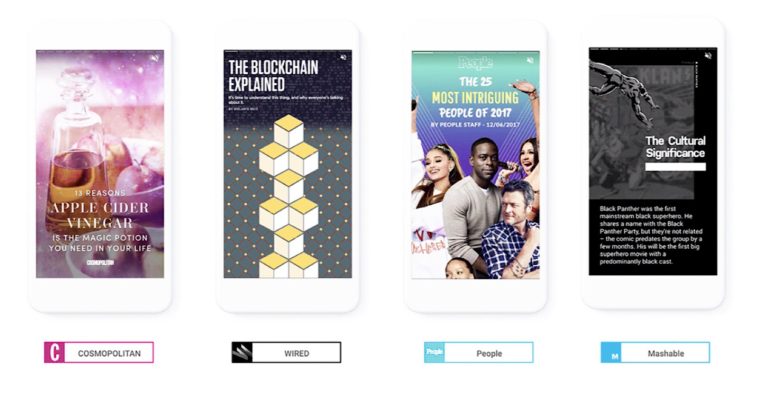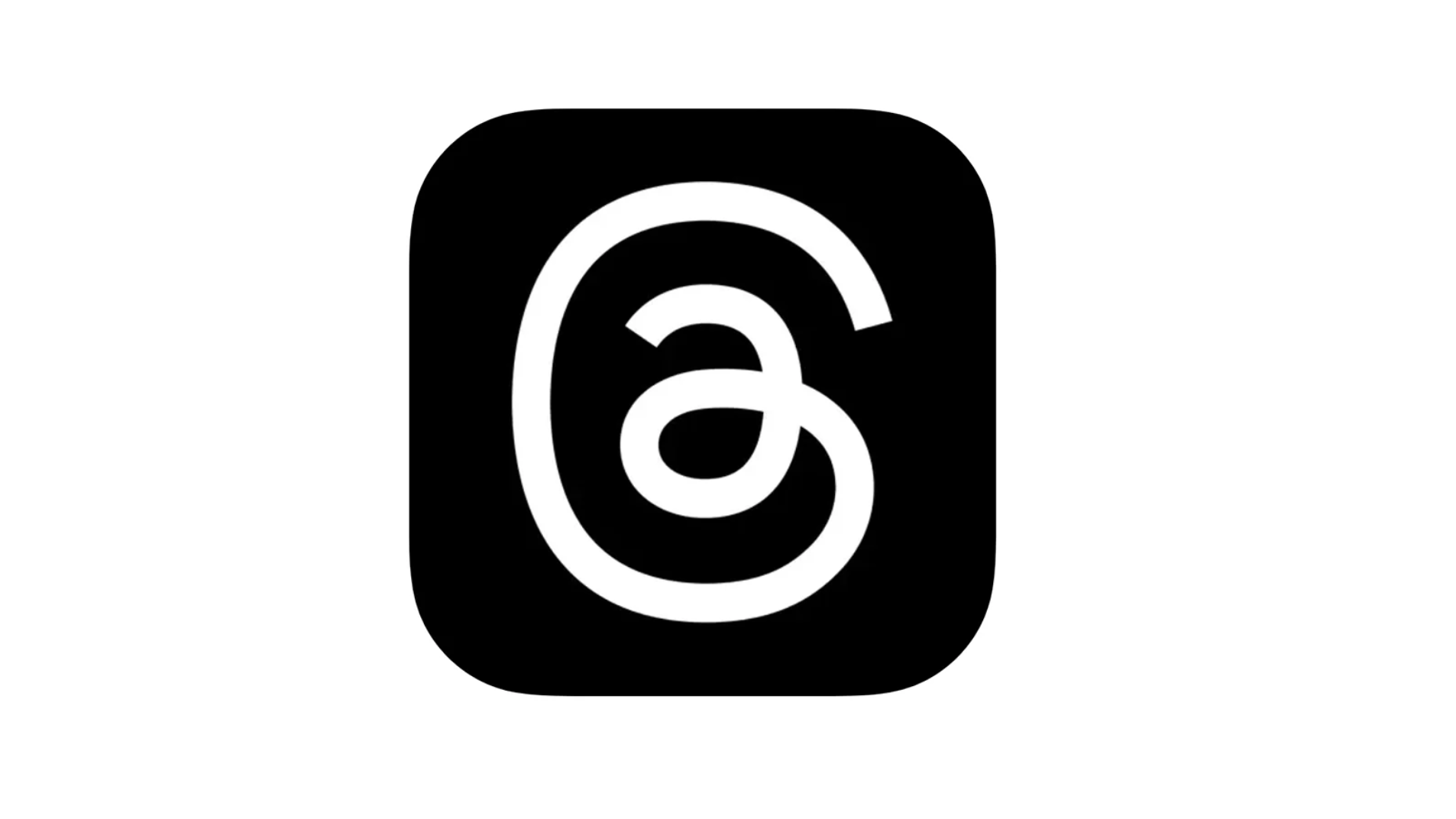Google’s AMP Stories will deliver breaking news and content in an interactive visual format. Elsewhere, Google Chrome has introduced in-built ad blocking software while Facebook is looking to provide more accurate organic post reach metrics.

AMP Stories – Google Begin Testing on New Platform for Search Results
Google is currently conducting testing on an advertising and news platform that is apparently inspired by Snapchat and Instagram Stories. While the format allows for tap-through content on your mobile, it differs from Instagram Stories in that the content can be viewed anywhere on the Internet.
AMP Stories are HTML pages that are built upon Accelerated Mobile Pages infrastructure. This allows the content to be immediately rendered and indexed by Google mobile search, provided that the Story is hosted on the publisher’s website. Stories can include text, images and video, and can be arranged across frames for user engagement.
Access to the platform has been limited to only a few advertisers during testing, including CNN, Vox Media and The Washington Post. It would appear full integration is not far away, as Google have put up a tutorial page to help publishers come to grips with the platform. Google are offering layout templates and uniform UI controls in an effort to help publishers release content quickly.
Accurate Reach Metrics: Facebook Update Page Insights to Measure Actual Views
If you’ve noticed a recent dip in your organic post reach metrics on Facebook, there could be a simple explanation.
Facebook has updated their metrics in an effort to provide more accurate reach figures. Previously, reach figures were aggregated based on the number of times a post was loaded in a News Feed – even if the user did not scroll down to view the content, it would still be counted as a view.
As of February 12, Facebook began measuring reach based on the number of times a post entered a user’s screen – this change is more consistent with the manner Facebook calculates reach for advertising purposes.
In the short term, this change will probably result in a decline in your reach metric. Don’t be disheartened though, as the figures provided will be a much more accurate representation of your reach. Facebook will continue to provide the old reach metrics for users in the Page Insights section to assist with reporting.
Google Chrome Debuts an In-Built Ad Blocker
Google Chrome is aiming to reduce the prevalence of low-quality and intrusive ads in their browser. The company introduced an ad blocker on February 15, stating that they want advertising content to be more engaging and less frustrating for users.
Google are serious about improving advertising in their browser, having recently joined the Coalition for Better Ads. This industry group has composed a set of Better Ads Standards that Google intend to follow. Ad publishers must work within the guidelines imposed, or see their work blocked by Chrome’s new ad blocker.
The Better Ads Standards aims to crack down on content such as auto-loading ads that play with sound, as well as large sticky ads and content that forces users to wait for site access with an unskippable countdown clock.
These changes apply to both desktop and mobile websites. Publishers who are unsure if their ads will be penalised under Chrome’s new standards will soon find out – their ads will be evaluated by Google, and they will be notified if they violate the new standards. After being notified of a breach, publishers will have 30 days to fix their content before their ads get blocked.
Social Media Advertising from Studio Culture
Our team produces creative and engaging ads that are tailored to your target market and the goals of your company. For more information on our social media marketing services, give us a call today on 1300 200 113, or email hello@studio-culture.com.au.


